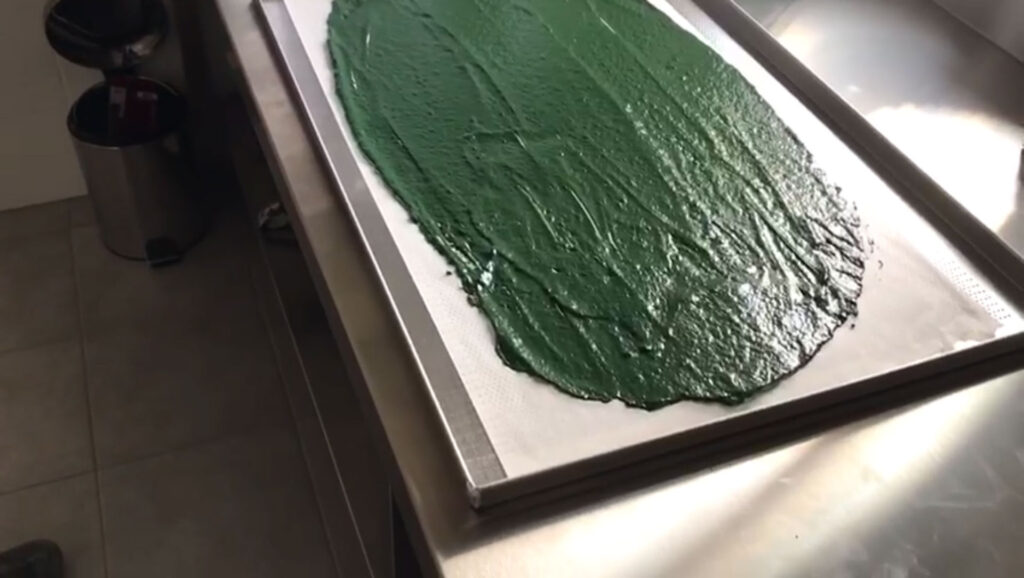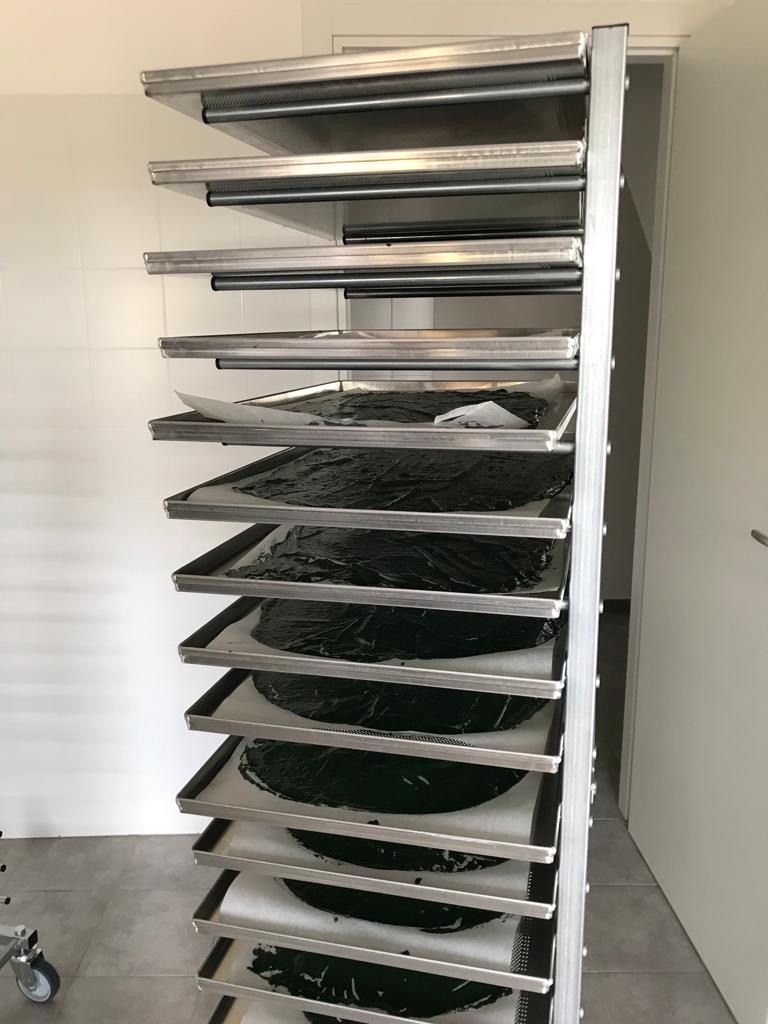Security of origin
Our Spirulina is cultivated following the most careful procedures and allows us to be sure of what we produce.
We thus guarantee a high quality product given that it derives from a careful and precise cultivation of all-Italian origin.










